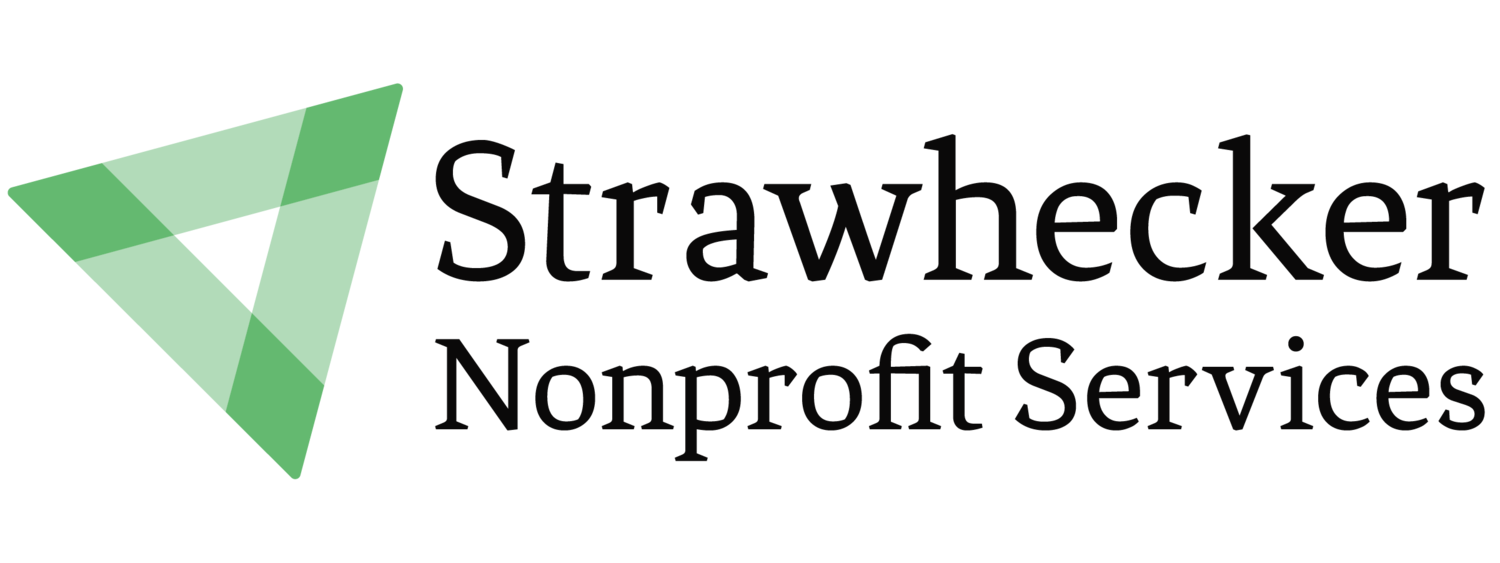Dishing Up a Prizewinning Proposal
Like a scrumptious meal placed before hungry diners, writers want their grant proposals to be so compelling that funders find their cases overwhelmingly appetizing and jump to support their projects.
As your organization’s designated grant writer, you want to provide a banquet of evidence that your project is more appealing than other projects on the table. Here’s a recipe for prepping mouth-watering grant success with a dash of culinary science mixed in…
Title The title for your project, even though succinct, needs to be just as enticing as the proposal. Remember you never get a second chance to make a first impression. Does your title tempt the funder to keep reading? Even just one word can attract the senses. Spice things up or the entire application may be relegated to the bland pile!
Yield Ah, the ultimate question. How much to ask? You need enough to satisfy the hunger but not overindulge the appetite. Have you done research about this funder’s previous giving? Is eligibility assured? Are your numbers realistic, consistent, and transparent? Or does all of this confuse you even more? Strawhecker Nonprofit Services (SNS) has the expertise to provide appropriate guidance in this area.
Gather Utensils Dedicate time to locating, reviewing, and noting pertinent organization information. This readiness material will be used repeatedly, especially if grants are regularly pursued, so having everything within reach will pay off with less time spent on searching and more time available for writing. SNS has tools to assist with this organizational process.
Ingredients Good writing includes six components. Think back to English class. Can you remember the Six Traits of Writing? Here they are:
1. Ideas
2. Organization
3. Voice
4. Word Choice
5. Sentence Fluency
6. Conventions
Directions
Mix the following:
Ideas--clear messaging
Reviewers’ mindsets may have little or no prior knowledge of your organization and project. Have a clear plan to reveal exactly the need you are addressing and detail how this project will meet that need. If you are a staff member or volunteer, the organization’s background, history, mission, and goals may be second nature to you but not to reviewers. Have you thoroughly read all request for proposal information, grant criteria and directions? What have you learned about the funder? Private funders have clear priority areas with strong interests connected to those. Make those connections OBVIOUS in the application. If they are looking for apple dishes, be sure to give them apple pie.
Organization--logically ordered ideas
Is the organization’s scaffolding communicated in the writing? Just as builders use scaffolding to take a new structure skyward, the writer must also create from the grassroots level for orderly ideas, building one after the other in a logical progression for clear understanding by the reader.
Voice--intentional build-up
Tell the organization’s story with the right combination of need and data. Blend it for just the right balance of emotional yet professional appeal. As pointed out in part 2 of our series on Branding, “words are not as easily digestible as visuals.” As the grant writer, though, you DO have to paint visuals with words, since you don’t have the luxury of using logos.
Word Choice--right words in the right places
Have you integrated the funder’s language and priorities within the letter of intent and the application? Are you matching key phrases that clearly reflect the organization’s brand to the funder’s priorities? Can you execute figurative language within narrative sections of the application? According to www.literarydevices.net, figurative language “uses figures of speech to be more effective, persuasive, and impactful.” Isn’t that the ultimate intent of grant applications? Metaphors, similes, and allusions go beyond literal meanings to reveal new insights. Other imageries appeal to readers’ senses. So English class DOES come in handy!
Sentence Fluency--readability, complete thoughts, and variety
Are the words seamlessly flowing for an authentic and genuine appeal to the funder? Connectedness within the writing equates to intersectionality within the organization’s goals. And don’t forget the application review committee may have reader’s fatigue—make your application so smooth and easy-on-the-eyes that it is stands out as memorable during the evaluation process, even with much competition.
Conventions--correct spelling, punctuation, capitalization, and grammar
This goes without saying, doesn’t it? However, our egos sometimes get in the way because nobody appreciates having errors pointed out. Do your due diligence and edit, proofread, and repeat. Who besides the writer can review the draft before submission? Anyone! The more eyes involved in brainstorming suggestions, as well as finding even the tiniest typos, will pay off with a product that can be proudly submitted. Go old-school and print draft copies. The writer gets to see the application from the reviewers’ perspective. In-hand documents can also be helpful revealing errors that might be missed onscreen, not to mention a welcome break from screen fatigue. And they are a “gentle” tangible reminder for a colleague to assist with editing, rather than getting “ignored” in email!
Tip: Students are given brain breaks during the school day, because research shows that better productivity as well as improved test results after movement, exercise, and hydration. Writers take heed! Understand that completing a well-crafted grant application, no matter its length, requires time, and attempting completion in one session is neither wise nor advised. Ovens vary and you need to test for doneness.
Finally, let this writing simmer; the best flavors come out over time, just like great ideas and writing improve with time and continuous review.
Servings Presentation means everything in the final analysis, and portion control is important. Follow the application’s directions categorically for the requested attachments. Include every item requested or make note of items not available. Be moderate in adding unnecessary or unrequested items. Entice the funders with a well-seasoned application, and they will be hungering to satisfy the request!


